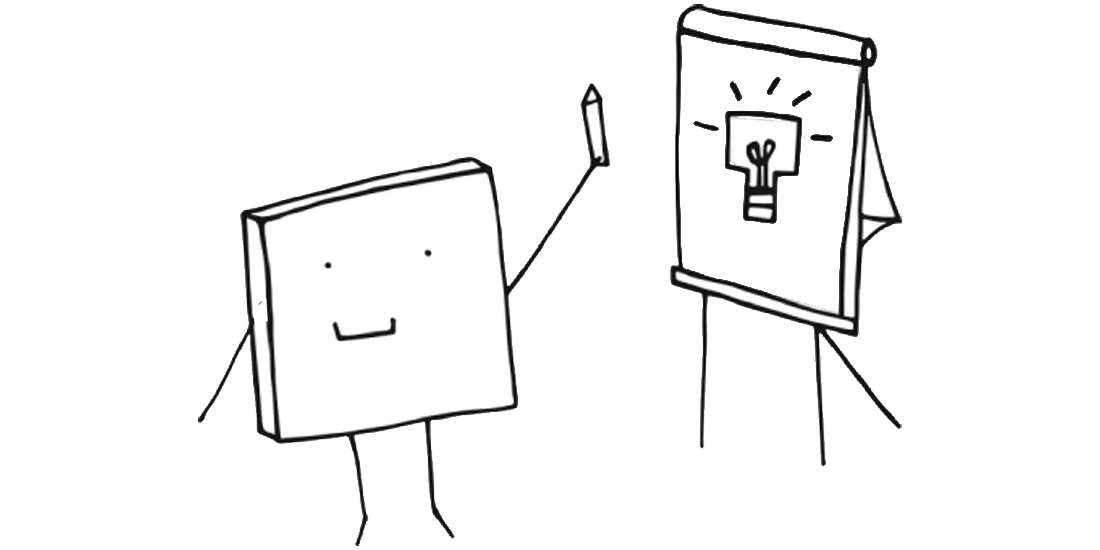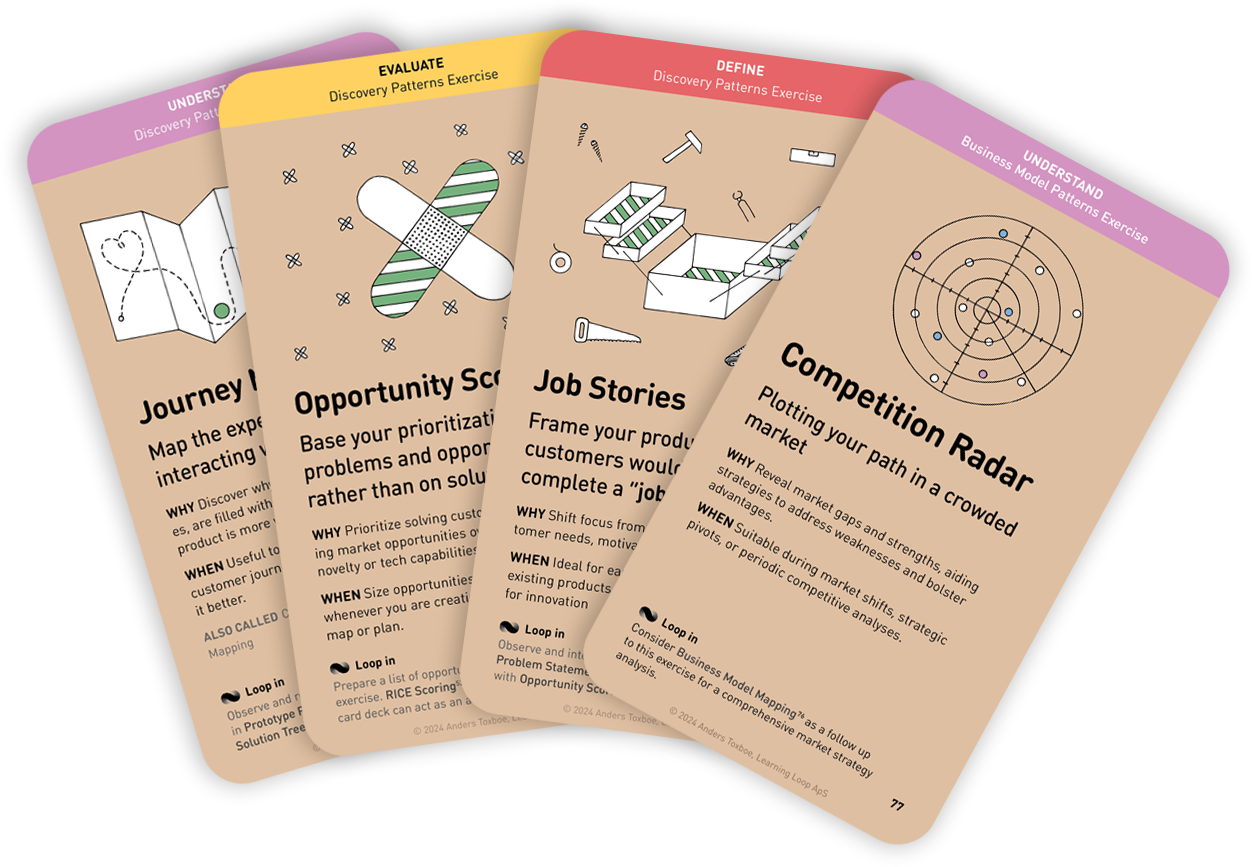
Why: Visualizing concepts and information enhances understanding, promotes discussion, and sparks innovation
When: Use to let participants synthesize and present their ideas in a visually impactful way, encouraging active engagement
Instructions for running this play
- Supply the room with utensiles for creating posters. Flip charts and markers will do.
- Frame the challenge to be solved by participants.
- Timebox poster creation for 20 minutes with the task of creating a poster that explains their topic. Posters must be self-explanatory and visual.
- Expain: “There are more ideas in your heads than there is time to address them. Creating posters of your ideas will fuel our understanding of what is out there and what we might work on.”
- Create a “gallery” of posters as they are finished.
- Ask the group to circulate and wak the gallery. Some posters will attract more attention than others.
- Consider letting participants do Dot Voting to decide what ideas to pursue further.
Tips to perfect this play
Master and adapt the play to fit your context and needs.
Tip: Supply materials
Consider equipping participants with stickers, magazines for cutting up, and physical objects to spark their creativity.
Tip: Self-explanatory posters
Posters must be self-explanatory. A person should understand the poster without being walked through it.
Tip: Posters must be visual
Words and labels are good, but text alone is not enough to catch attention or aid understanding.
Tip: What happpens after?
Consider illustrating what happens before and after (why), the system (what), and the process (how).
A collection of workshop exercises that will help you ditch dull meetings and facilitate with confidence. It will help you master the design process and have more productive time with your team. The card deck will be ready for purchase in the end of 2026 and is now undergoing rigorous testing.
Reserve your deck!